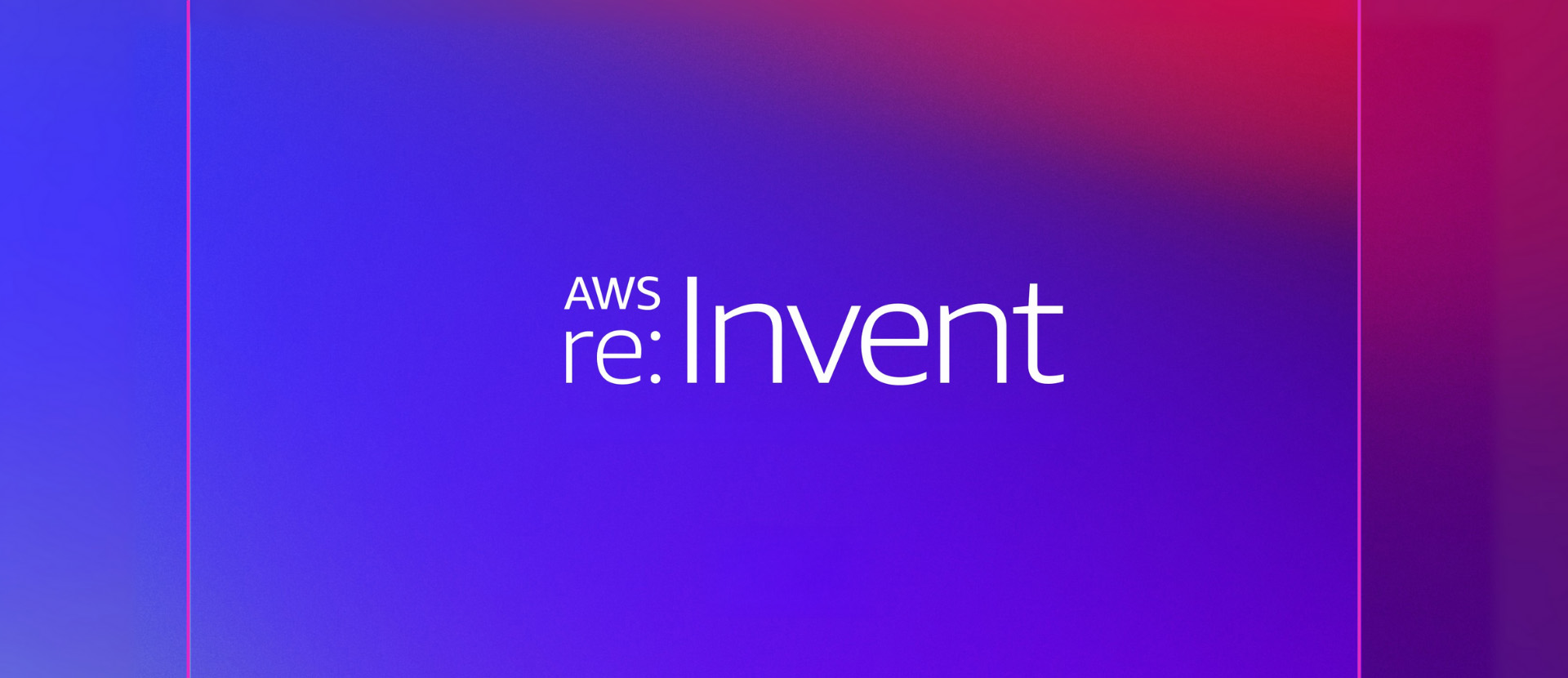There’s no denying that AI has made its way into WordPress, and not quietly. What used to be a static, code-heavy platform now sees AI quietly guiding content creation, streamlining design decisions, improving accessibility, and helping brands do more with fewer resources. Over the past year, this integration has moved from novelty to necessity. With a growing catalogue of over 1,400 AI-related plugins available on WordPress.org, artificial intelligence is steadily becoming a core part of how sites are built and managed. These tools touch nearly every aspect of the digital experience—generating optimized content, automating translations, and supporting commerce with dynamic product text—all seamlessly integrated into everyday workflows.
Much of this surge can be attributed to scale. Organizations managing hundreds (or thousands) of pages can’t keep up without automation. That’s when AI steps in not just as a helper but as a quiet co-creator.
A Look at the Numbers
Plugin Adoption and Usage Metrics
Usage is soaring. In just one year, the top 40 AI-enabled WordPress plugins pulled in over 315 million page views, which is an astonishing marker of curiosity and growth. Page builders with AI features like Elementor accounted for a third of that interest alone, drawing 63 million visits. SEO plugins like Rank Math and All in One SEO combined for more than 38 million.
Even smaller toolkits, such as AI Engine and AI Power, have surpassed the 100,000 install mark, accompanied by high ratings to match. As of 2025, AI is no longer “emerging”; it’s firmly embedded.
Sector-Specific Growth Patterns
In retail and e-commerce, AI is now writing product descriptions, recommending items, and managing sales chats. Healthcare sites are using AI to translate medical content and ensure accessibility. And in education and publishing, AI is helping to personalize content discovery at scale. Each sector is tapping into different strengths, but the pattern is consistent: faster delivery, better experience, and lower overhead.
Interestingly, the divide between content-driven and product-driven use is narrowing. AI is helping brands of all types turn static experiences into smart, personalized ones.
Developer and Designer Perspectives
Recent surveys show that 93% of designers and 76% of developers have used AI tools recently. For designers, AI often means faster layout decisions or instant image generation. For developers, it means AI assistants that write and review code, test features and automate maintenance tasks. While most are excited, not all are ready. Concerns persist regarding quality control, hallucinations, and the need for editorial oversight.
The AI Plugin Landscape
Content and SEO
AI SEO tools are leading the charge. Rank Math, with over 3 million installs, uses AI to analyze content and suggest optimizations. All in One SEO adds generative tools for meta descriptions and keywords. AI Engine, built by Jordy Meow, pulls in OpenAI to generate content on the fly—think summaries, outlines, and even entire blog posts.
These tools save time and elevate output. Ratings hover around 4.8 to 5 stars for a reason. AI doesn’t replace writers or marketers, but it clears their creative path.
Chatbots and Customer Interaction
AI-powered chatbots have moved from annoying pop-ups to real digital assistants. Tidio, with its Lyro AI chatbot, now supports 100,000+ WordPress sites. It handles sales queries, support issues, and lead generation—all in real time.
WPBot, another player in this space, lets businesses embed conversational flows directly into WordPress. From product discovery to booking a demo, AI is shaping how visitors engage with brands.
Site Design and Builders
The visual design has always been one of WordPress’s more manual layers until now. Elementor AI introduces generative functionality to layout, content, and even HTML and CSS editing. It’s like having a junior designer embedded in the UI.
Kubio AI and other block-based builders offer similar functionality. Users type a request (“Create a 3-column pricing table”) and get instant output. Combined, these tools are making entry-level web design almost entirely conversational.
AI Toolkits and Bundled Features
The big draw of toolkits like AI Power and WP AI CoPilot is breadth. AI Power supports everything from article creation to image generation with Stable Diffusion and even bulk WooCommerce product population. WP AI CoPilot does similar things, leveraging GPT-4 to generate entire blog libraries from a prompt.
They’re built for scale, making them popular with agencies and publishers managing complex, multilingual, or high-volume sites.
Learn How We Integrated AI into Real-World WordPress Builds
Impact, Satisfaction, and Scaling
Efficiency Gains
The data speaks volumes: AI saves time. Developers report tasks finishing up to 60% faster. Designers cut their timelines in half. Businesses using AI for SEO, copywriting, and support report stronger conversion rates.
It’s not just about speed, though. AI also enables experimentation—brands can test new content types, launch campaigns quicker, and adapt messaging in real-time.
Challenges in Scaling AI Features
Of course, scaling AI isn’t without its friction. Integrating multiple AI tools across teams introduces fragmentation. Training content teams, QA reviewers, and designers to use AI responsibly is a process, not a plug-and-play.
AI-generated content also requires strong oversight. Editorial review, tone calibration, and legal compliance become key, especially for regulated industries.
Tooling for the Enterprise
Enterprise teams operate in a different reality—one where off-the-shelf solutions often fall short. The complexity of workflows, the need for governance, and the stakes around brand reputation mean that generic AI plugins simply don’t cut it.
That’s why more organizations are turning to custom-built AI tools tailored to their exact needs and integrated directly into their WordPress environments. Whether it’s an AI-driven editorial assistant that understands internal tone guidelines, a multilingual content classifier for global publishing, or a real-time compliance checker for accessibility, these tools deliver precision where it counts.
With a reliable partner like Trew Knowledge, it’s possible to go beyond plug-and-play and build AI systems that are secure, scalable, and fully aligned with business goals. From integrating OpenAI models into bespoke Gutenberg blocks to connecting private vector databases for intelligent search, the foundation is in place to turn WordPress into a smart, adaptive digital platform. Off-the-shelf is just a starting point. The real transformation happens when AI is purpose-built.
Organizing for the Future: WordPress’s Strategic AI Push
The WordPress community has taken a significant step toward formalizing its artificial intelligence efforts with the creation of a specialized AI development team. This initiative represents a coordinated approach to integrating machine learning capabilities across the platform’s ecosystem.
The newly formed team will focus on strategic AI development while maintaining WordPress’s commitment to open-source principles and community-driven innovation. Rather than allowing AI integration to happen in scattered, uncoordinated ways, this centralized effort aims to ensure that artificial intelligence features develop cohesively and align with the platform’s long-term vision.
The team’s approach emphasizes rapid prototyping through canonical plugins, allowing for quick testing and iteration without being constrained by core release cycles. This methodology mirrors successful strategies employed by other WordPress development teams, enabling the faster delivery of AI-powered features to users.
Leadership includes contributors from major organizations like Automattic and Google, bringing diverse expertise in open-source development, performance optimization, and product strategy. The team will coordinate closely with existing WordPress teams to ensure AI features integrate smoothly with accessibility, design, and core functionality standards.
This formalization signals that AI integration in WordPress has moved beyond experimental phases into structured, strategic development. The team’s public roadmap and collaborative approach suggest that AI features will continue to evolve transparently, with community input shaping their direction.
What’s Coming Next
The next wave of AI for WordPress will go even deeper.
Expect AI-native themes that evolve with a brand. Block-based editors will likely gain real-time AI suggestions, changing how content is structured and designed. AI will soon personalize experiences in real-time, adjusting tone, layout, or offers based on each visitor’s context.
There’s also a bigger philosophical shift coming: AI will shape not just what gets published but how WordPress itself works. Plugin discovery, testing environments, documentation, and even core development may get AI-infused.
The signs are already here. Automattic’s acquisition of WPAI in 2024 was no accident—it was a bet on the platform’s future being AI-augmented.
Built for What’s Next
The WordPress community is known for its resilience, adaptability, and collaborative growth. AI adds a new layer to that story—not a disruption, but a progression. What matters now is how organizations use it: not just to keep up, but to lead. The ones that integrate AI with care and purpose will set the tone for what comes next.
Trew Knowledge builds future-ready WordPress solutions that blend performance, compliance, and innovation, powered by AI and designed for impact. Start a conversation with our experts.


